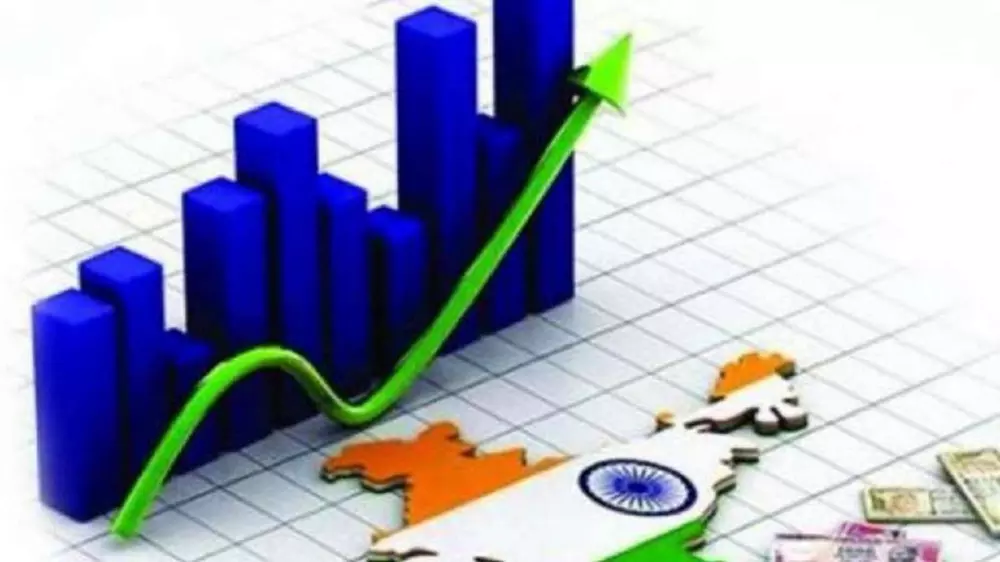India to grow at 6.5% in FY26: EY Report

New Delhi: The Indian economy is likely to grow at 6.5 per cent in the fiscal year starting April 1, EY Economy Watch said, emphasising that a well-calibrated fiscal strategy that supports human capital development while maintaining fiscal prudence could significantly enhance long-term growth prospects.
The March edition of EY Economy Watch projects India's real GDP growth at 6.4 per cent in FY25 (April 2024 to March 2025 fiscal year). For the next, it projects 6.5 per cent growth, highlighting the need to realign fiscal policy to support the country's journey toward Viksit Bharat.
According to revised national accounts data released by NSO last month, real GDP growth rates for FY23 to FY25 are now estimated at 7.6 per cent, 9.2 per cent and 6.5 per cent.
With respect to quarterly growth rates for FY25, the third quarter growth is estimated at 6.2 per cent implying a required growth of 7.6 per cent in the fourth quarter to deliver an annual GDP growth of 6.5 per cent estimated by NSO.
"A 7.6 per cent growth in the last quarter will require a 9.9 per cent growth in private final consumption expenditure. Such a high growth has not been experienced in recent years," the report said. "An alternative to this is to increase investment expenditure, where the government's capital expenditure growth plays a critical role".
It said the fiscal deficit of the government as per the revised estimates may be affected by any subsequent supplementary demand for grants. The higher level of nominal GDP may provide some cushion for absorbing some of these supplementary increases when fiscal deficit is measured relative to GDP.
"With a rising population and evolving economic structure, additional investments in education and healthcare may be essential to sustaining long-term growth and improving human capital outcomes," it said.
As per the EY India report, over the next two decades, India may need to gradually increase its general government education and health expenditures, bringing it closer to levels seen in high-income countries.
The analysis suggests that education spending by the government may need to rise to 6.5 per cent of GDP by FY2048 from its current 4.6 per cent, considering India's young population and growing workforce requirements.
Government health expenditure may need to increase to 3.8 per cent of GDP by FY2048, compared to 1.1 per cent in 2021, to ensure improved healthcare access and outcomes.
Low-income states with higher young populations may require additional support through equalization transfers to meet education and healthcare needs.
The EY India report emphasizes that a phased approach to fiscal restructuring can help meet these targets without compromising growth. Increasing the revenue-to-GDP ratio from 21 per cent to 29 per cent over time could provide necessary resources while maintaining fiscal discipline.
DK Srivastava, Chief Policy Advisor, EY India, said, "India's changing age structure is expected to increase the share of working-age individuals in the total population. If productively employed, this can create a virtuous cycle of growth, employment, savings, and investment. To achieve this, India may need to raise its revenue-to-GDP ratio and gradually increase the share of government spending on health, education, and infrastructure."
The EY Economy Watch also explores how equalization transfers can help bridge regional disparities, ensuring that states with lower fiscal capacity receive adequate funding for social sector investments. The report suggests that these transfers may be key to reducing inter-state inequality in access to education and healthcare.
A well-calibrated fiscal strategy that supports human capital development while maintaining fiscal prudence could significantly enhance India's long-term growth prospects, it added.



